First, knowledge is everything. I remember when the first time I came across Sustainable fashion, it was a bit overwhelming. So many terms and different directions. Without mentioning the number of ways, you can create a new sustainable wardrobe and approaches you can take.
As I mentioned in my previous blog,” sustainable fashion is more of a mindset,” creating a sustainable wardrobe again starts with changing your mindset. You need to be more conscious about what you buy.
To start with, set realistic goals and find your Why
Let’s be realistic, this change won’t happen overnight. Transitioning to a sustainable wardrobe is a change, and you need to enjoy the process and give yourself time to get used to it. Your goal needs to be realistic. Finding your “Why” you want to change your wardrobe is something that will keep you going.
If you haven’t read it yet, have a look at my blog on “Everything you need to know about Sustainable Fashion.”
There you will find an explanation for all the subcategories that fall under the umbrella of Sustainable fashion (slow fashion, ethical fashion, eco-friendly fashion, etc.)
Once you decide what do you care about, whether that is animal and human rights, which refers to ethical fashion, or you care more about climate change and pollution, which refers to eco-friendly fashion, or you want to upgrade the quality and materials of your clothing because you care about your skin and body. Then you will have your “Why” that will hold you on during your process of transitioning.
The importance of understanding Sustainable fashion
* Did you know the clothing industry is the second-largest polluter in the world?
* Did you know that only 20% of clothing is recycled and reused, the rest end up in landfills?
* Fashion accounts for 20 to 35 percent of microplastic flows into the ocean. The State of Fashion, McKinsey 2020
* “63% of textile fibers are derived from petrochemicals” (Journal of Cleaner Production, 2018)
* “93% of brands surveyed by the Fashion Checker aren’t paying garment workers a living wage” (Fashion Checker, 2020)
1. Declutter your wardrobe.
Visit your closet, take everything out. Try on everything and decide what pieces you are wearing the most and what to keep.
The ones you decide to keep, take good care of them. It’s always best to use what we already have and to keep the lifecycle as long as possible. Wash them properly, read the labels instructions.
With the rest of unwanted clothes, instead of throwing them away, you can extend their lifecycle with:
– donate them to your friends
– ask around and donate in the neighborhood
– organize a swap clothing party with your friends
– give them to second-hand shops
– turn them into different purposes (jeans in shorts, shirts in kitchen clots, try natural dyes- look at my DIY page)
2. Choose your styles
Creating a style is the best when it overlaps with your everyday routine. You can create 2-3 styles that overlap your lifestyle. For example, If you are an active person, work in an office, and love to stay home in cozy, casual loungewear. Then you can create 3 separate sections in your wardrobe with those labels: activewear, work, and home.
3. Chose your colors.
I usually keep 3-4 colors in mind all the time. 2 dark and 2 light, it is easier to make a combination.
4. Upgrading your wardrobe
Since you create your style and choose your colors, you feel you want to add a few new pieces.
– If you are on a budget.
Shopping in vintage and second-hand stores is another super sustainable solution because the pieces already exist, so you are saving the entire negative impact of production. You will be surprised how many garments you will find that are just in perfect shape but still end there.
There are many online thrifting stores and mobile apps, and you can find good items for reasonable prices. The good thing here is probably the item you will choose has already been washed many times, and all the chemicals from the production are washed off.
–Support by buying local.
Many communities now have Facebook, or Instagram buy and sell clothing groups that you can join. Browse through your neighbor’s clothing from the comfort of your home. You can even try to bargain for a better deal, trade clothes, or sell your old garments for some extra cash.
– On the go for shopping.
If you have saved a little bit and want to look into some brands, I will suggest you do online research on the brands you aim for. Look what brands match your style. Here also, you can choose what brands you will support. In the end, spending our money on certain brands means we support the values and beliefs that the brand is promoting.
Things to look for when shopping
Choose quality over quantity
Buy clothes that will last, and definitely avoid anything that looks like it’s likely to fall apart or wear out after a few washes. Check the stitching and material for quality issues. Have a look at my blog, where I’m talking about “How to spot quality clothes that will last long.”
By buying higher-quality clothing, you are already reducing your waste. In the beginning, you may be spending more, but when you break it down to cost-per-wear, it’s worth it. The fit will be better, and the clothes will last longer than three washes of a fast-fashion shirt. I tend to have higher quality and more pricy clothes because you take care of them better and pay attention where and how you wear them.
I hope this quick guide will help you started with the sustainable wardrobe transition. If you have questions or what to add something more, feel free to comment in the section below.
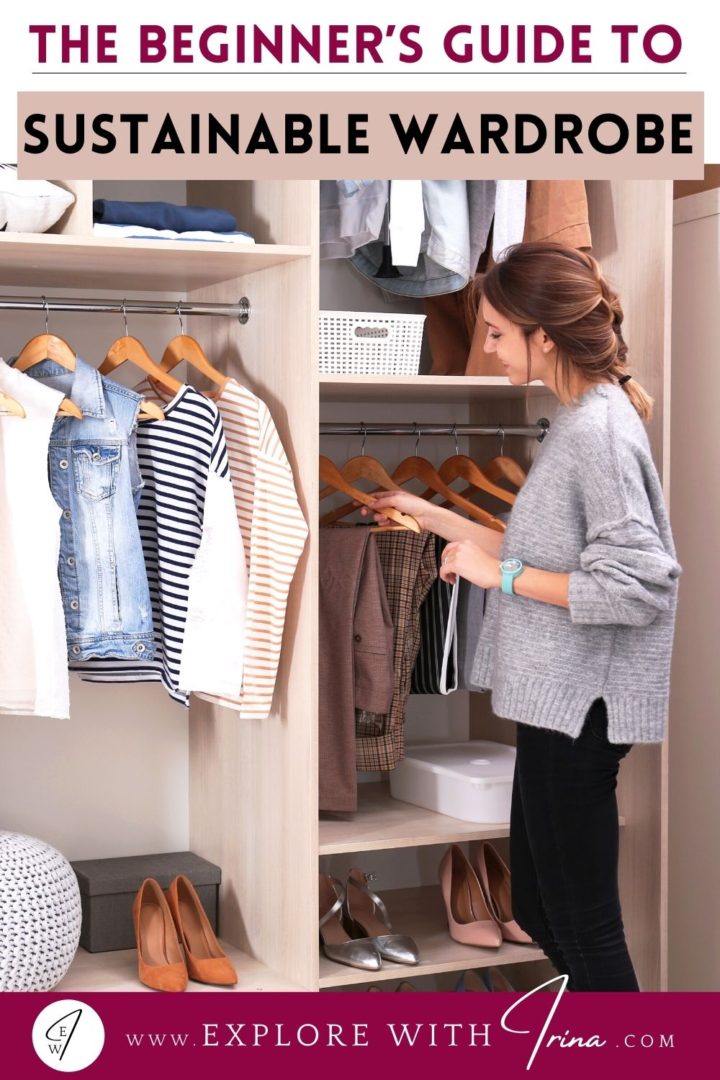
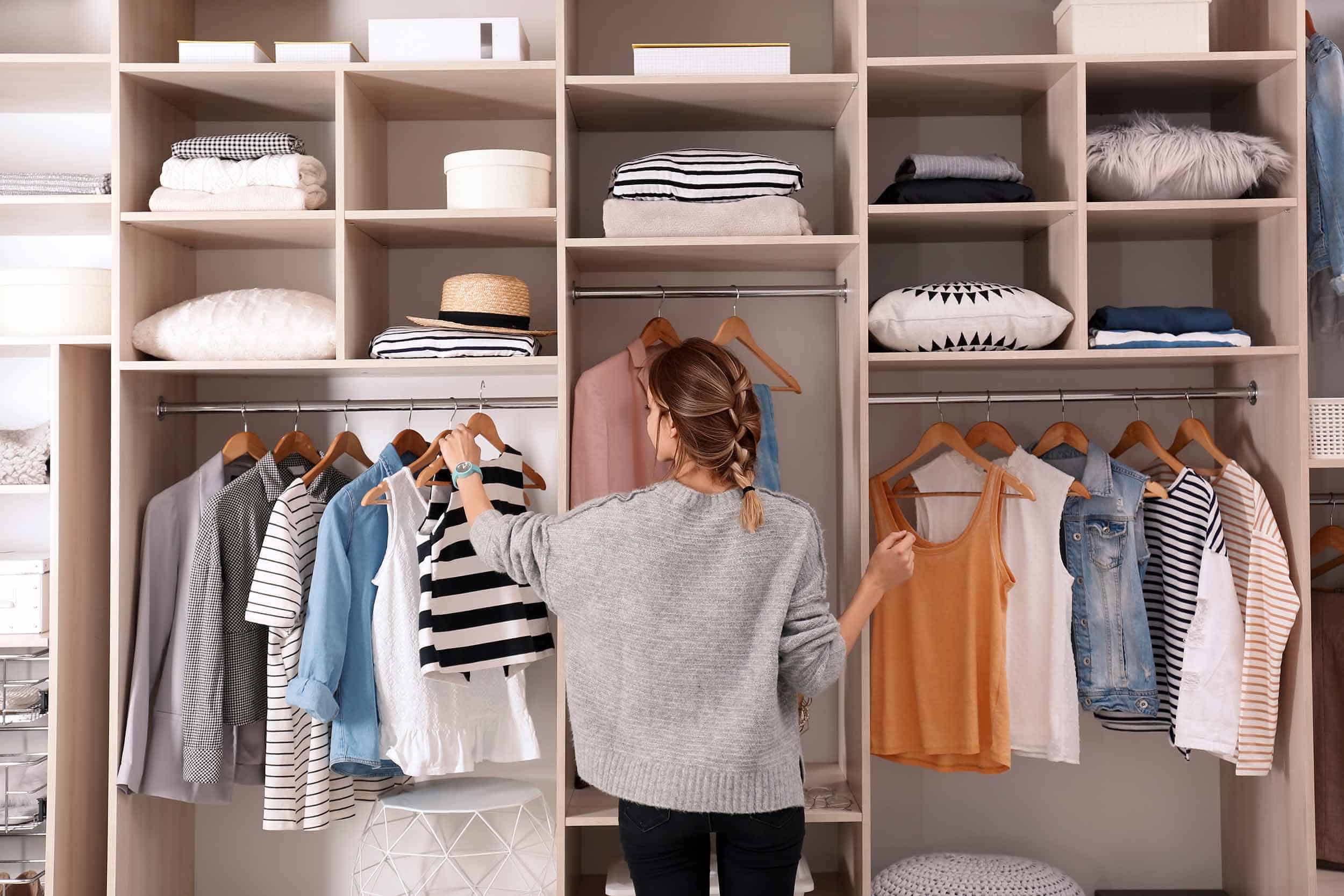


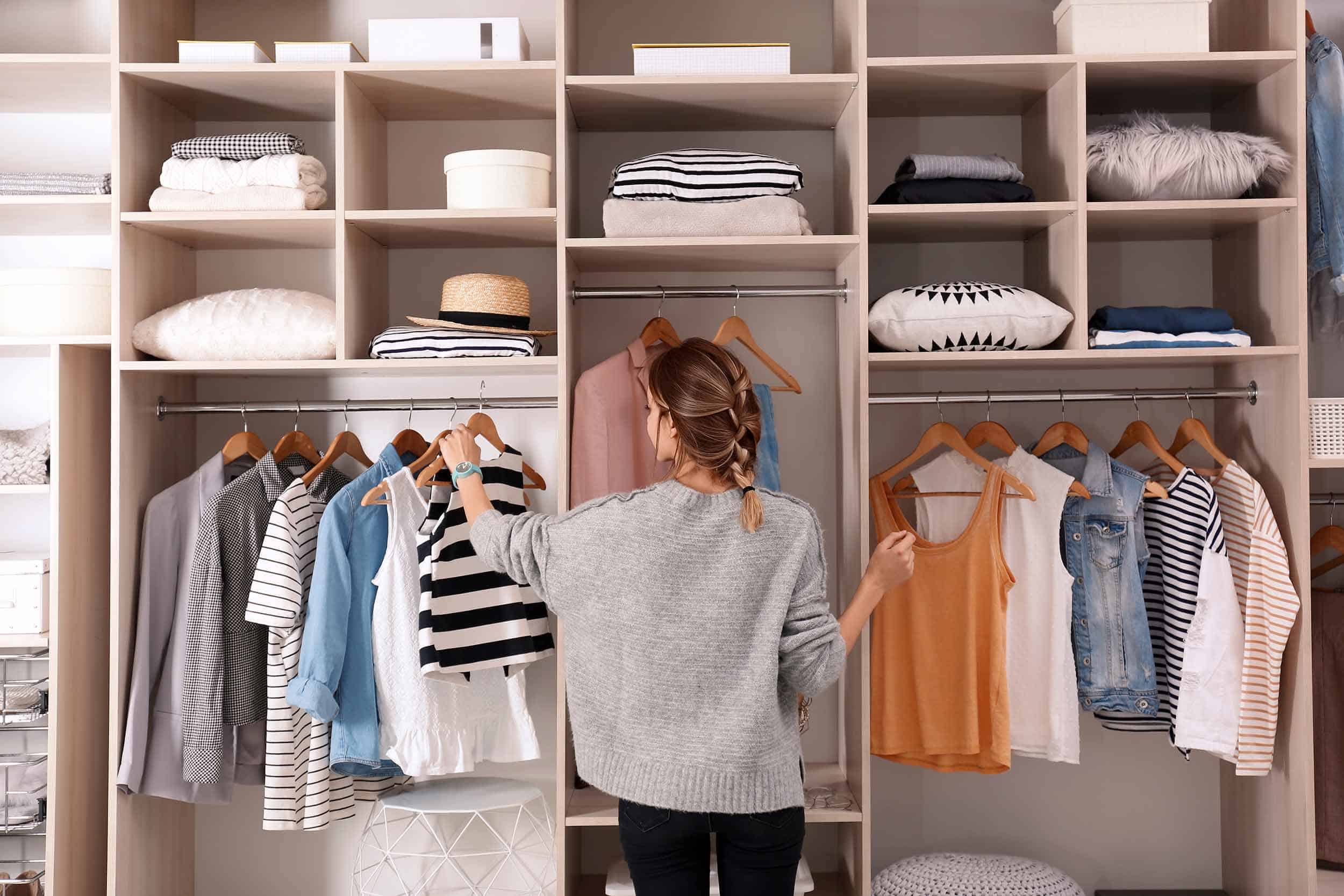

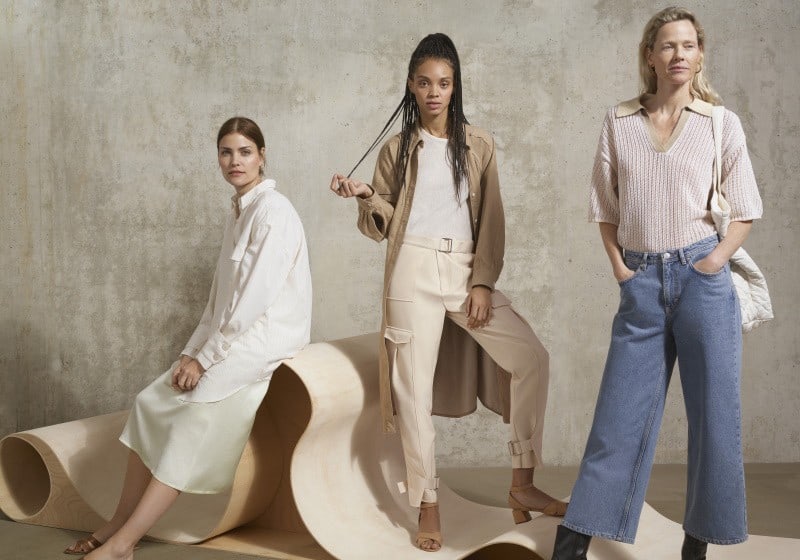
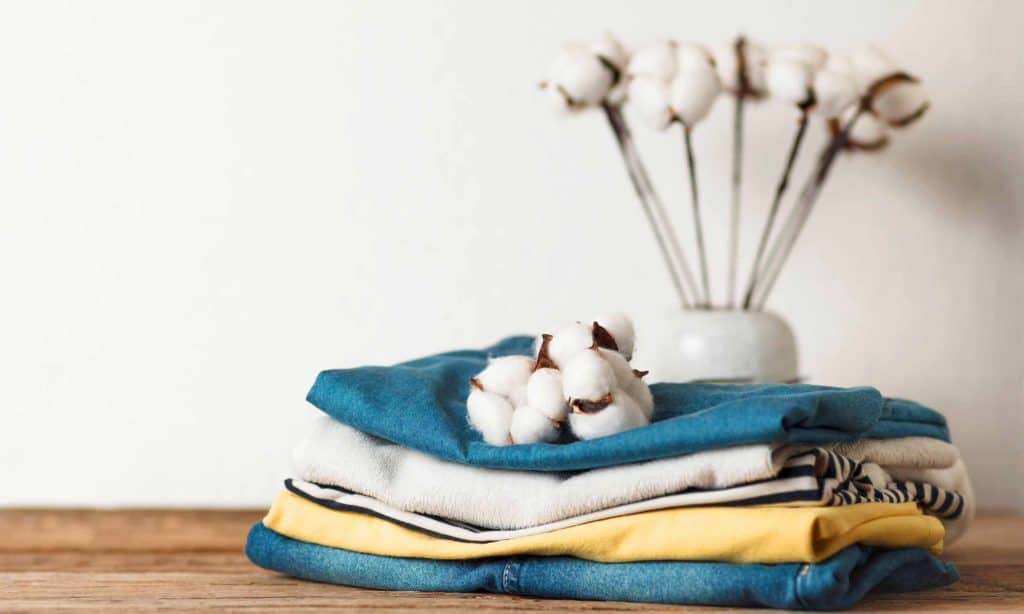
Fantastic blog post.Really looking forward to read more. Will read on…
Thank you, Pat Mazza. More blogs are coming soon 🙂
Major thankies for the blog.Really looking forward to read more. Great.
Thank you, Firma Transport Intern. I really appreciate it..